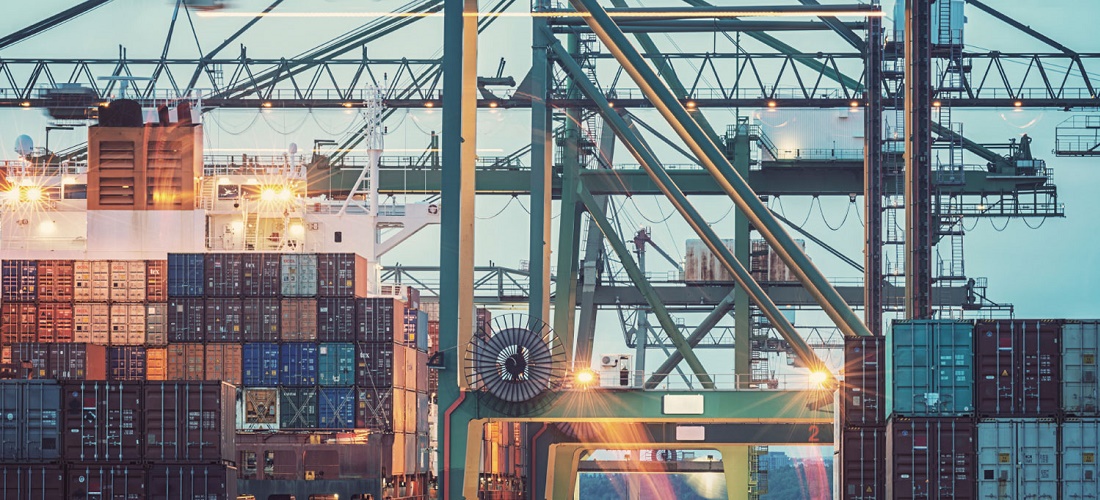
Freight rate rises 6% from Brazil to China
Jul, 12, 2019 Posted by datamarnewsWeek 201929
The increase in iron ore exports has raised sea freight rate from South America to Asia. In July and August, the cost of shipments of soybeans and corn from this region to the East should be impacted by this increase.
According to market sources, the cost of shipping Panamax ships from Brazil and Argentina to Asia rose 6% after several vessels were booked by iron ore exporters.
One reason is that China reduced its inventories during the period that Vale‘s Brucutu mine, which produces 30m tons of iron ore per year, was closed. Now that the mine has been reopened, it needs to be refueled.
According to Clarksons Platou Securities, tariffs for Capesize vessels – vessels with a capacity of 100,000 deadweights (DWT) or more – reached US$26,400 per day on July 9, up 25% on the week and 76% on the monthly comparison. Tariffs for Panamaxes (65,000-90,000 DWT) were US$15,200 per day, up 22% on the week and up 33% on a monthly basis.
The volume of Brazilian iron ore exports is about three times higher than that of soybeans, which is the most exported agricultural product.
As freight increases, the total cost of soybeans to China is expected to increase by 1%. South Korea and Vietnam are also expected to pay 1% more in Brazilian corn because of the increase in freight.
China, the world’s largest soybean importer, has become the largest buyer of Brazilian soybeans, accounting for 79%of the total of 9.06m tons exported by Brazil in June 2019, according to official export data.
In the corn market, South Korea and Vietnam are important importers of maize but are able to vary their origins according to the most competitively priced countries.
Sources: Censo Agri and Freight Waves
-
Ores
May, 27, 2019
0
Vale announces new Executive Director for Ferrous Minerals and Coal
-
Grains
Jul, 18, 2019
0
Price of soybeans fall in Brazil due to freight
-
Ores
Jul, 22, 2019
0
Vale’s iron ore production falls 33.8%
-
Shipping
Aug, 01, 2019
0
Capesize vessel call to rise by 100% in Brazil

